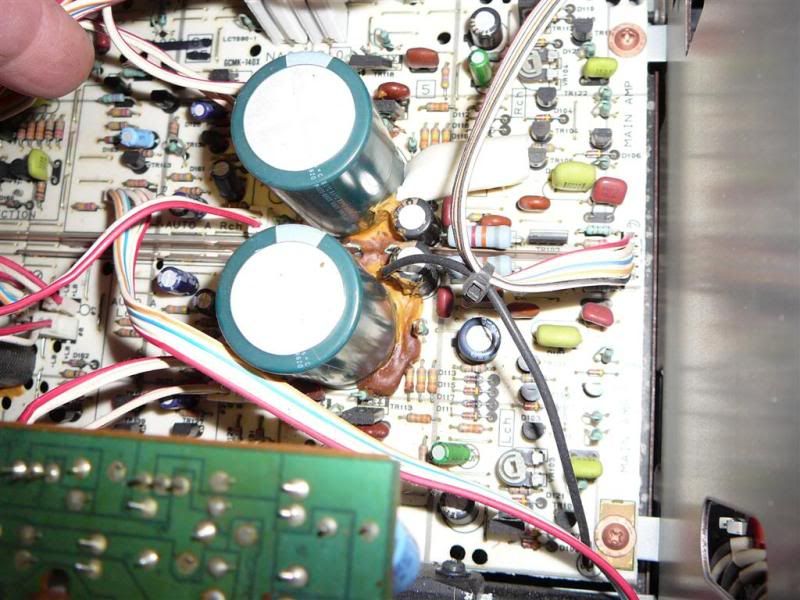Hi M-80 lovers,
I'm a new guy on the 'karma block. Just acquired a M-80 that is very clean but is in protection mode with or without speakers, on all A,B,C speaker terminals. So I suspect it's not a relay problem. I did a visual on the PCBs at observed no obvious problems ie; leakage, burnt areas or loose solder joints. Haven't check the idling voltages yet. How should I proceed next. Thanks in advance
I'm a new guy on the 'karma block. Just acquired a M-80 that is very clean but is in protection mode with or without speakers, on all A,B,C speaker terminals. So I suspect it's not a relay problem. I did a visual on the PCBs at observed no obvious problems ie; leakage, burnt areas or loose solder joints. Haven't check the idling voltages yet. How should I proceed next. Thanks in advance




